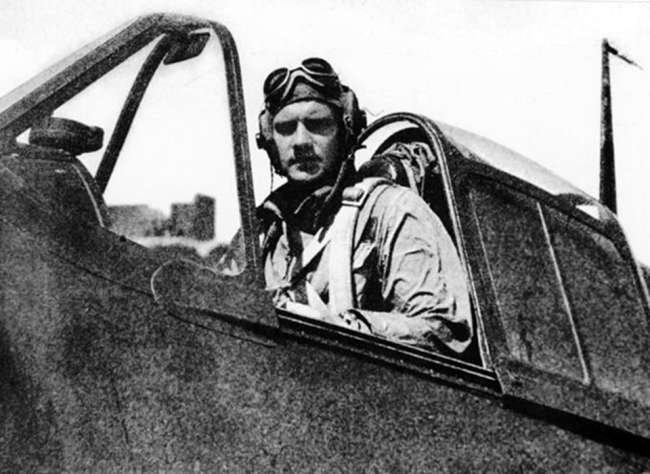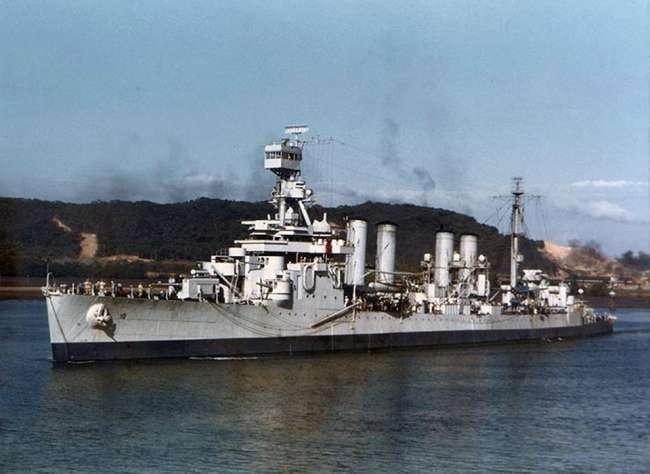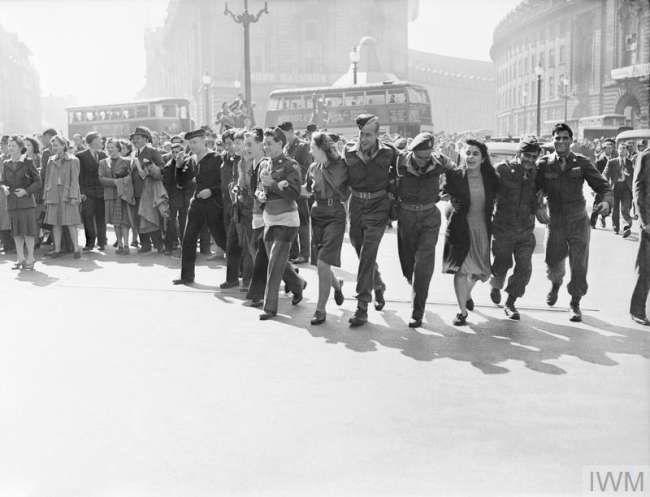Most of us are familiar with the vital contribution that American soldiers made to victory in World War II. Less well-known, though, is the extraordinary role that the United States played in binding up the wounds of war once the fighting had come to an end.
Allied war leaders believed that for victory to become a lasting and durable peace, they would have to do more than defeat the enemy. They would have to restore political freedom and care for the civilians whose lives had been shattered by the most destructive war the world had ever seen. This humanitarian dimension of the war attracts less attention than the events on the battlefield, but without a successful campaign to protect and heal the world’s destitute populations, the massive war effort would have been for naught.
In late 1943, the United States and Britain founded a new agency called the United Nations Relief and Rehabilitation Administration. UNRRA (pronounced un-ruh) was a great global experiment, designed to organize the world’s foodstuffs, clothing, and medical supplies, as well as scarce transportation and shipping, on behalf of the needy war-torn populations in Europe and China. In record time, the agency gathered contributions, built ties to the armies of the allied powers, hired and trained over 10,000 workers and staff, and shipped $4 billion of food and supplies overseas. Then, once the food arrived in the war zones, these dedicated staff set up feeding centers, delousing tents (with liberal applications of the insecticide DDT), medical clinics, passport offices, and tracing services—so families could locate lost loved ones.
President Franklin Roosevelt sold the idea to the US Congress as a means to re-energize the peoples of Europe and China on behalf of democracy. The war, he said, had left civilians everywhere “undernourished, crushed in body and spirit, without incentive to hope—ready in fact to be enslaved and used as beasts of burden.” But if the liberators could feed and clothe these victims of war, the postwar recovery could succeed. Dean Acheson, then working in the State Department as an assistant secretary for economic affairs, told a radio audience in late 1943 that it “would be a hollow victory indeed that brought with it famine and disease in large parts of the world.” The Governor of New York, Herbert H. Lehman, became the first director of UNRRA, and he called it “a new enterprise, based fundamentally on human brotherhood.”
UNRRA started its work in Greece, in the spring of 1945, shipping food, medical supplies, and clothing across the Mediterranean from Cairo. Greece had suffered terribly during the German occupation of the country, enduring a famine in 1943 that left a quarter of a million people dead. Malaria and typhus flourished. The nation’s railways and roads were in ruins. And Greece stood on the verge of a civil war between Communists and royalists. In such hostile circumstances, relief work proved exceedingly difficult but UNRRA persisted, and managed to deliver 100,000 of tons of supplies a month, along with tractors and trucks to enable the transport of the goods. UNRRA also got eight planes into the air to spray mosquito-infested swamps with DDT in hopes of controlling malaria. Working in a country with an inefficient and strife-torn government, UNRRA could make only modest progress. But they tried, and saved lives doing it.
Italy faced equally appalling conditions at war’s end, with roads, railway, and infrastructure destroyed during the intense Anglo-American operations against Germany there from 1943 on. Italians, liberated from both Mussolini and the Nazis, faced disease, homelessness, malnutrition, and shortages of every kind. Food riots broke out across the country, while one in five people in liberated Rome had tuberculosis. Ten percent of the children in Naples had dysentery, and most were malnourished. Shoes, clothes, razors, toothbrushes, those little things that a person uses to create a sense of dignity and order: all were unavailable. UNRRA did its best to fill in the gaps that the war had torn in the fabric of civilization. It wasn’t enough, but it helped.
And so it went, across the continent. Albania, Austria, Czechoslovakia, Greece, Italy, Poland, Yugoslavia—all had UNRRA missions made up of earnest, idealistic, and tireless volunteers doing their best to offer help, food, care, and a touch of humanity to people who had endured so much horror. And UNRRA worked closely with over 125 private charitable aid societies that gathered donations and supplies to help this global relief enterprise. Inside the United States alone, civic and religious organizations raised millions of dollars’ worth of goods to be sent abroad to ease the sufferings of others.
UNRRA did not last long. Its work was taken over by successor organizations working on behalf of refugees, and by the institutional machinery later created by the Marshall Plan after 1948. But in those crucial years from 1944 to 1947, when so many civilians were at their most vulnerable, thousands of generous Brits, French, Canadians, and Americans rolled up their sleeves and mobilized whatever resources they could find, not in the service of destruction, but in order to feed the hungry, clothe the destitute, and nurse the sick and wounded.
Why did they do it? Why did they offer to help people they did not know, or had never met? Isabel Needham, a young American nurse and a Quaker, joined UNRRA because she felt the need to help heal a broken world. She knew her contribution could only be a tiny one. But she found spiritual satisfaction in the work, something she shared with many UNRRA workers. “In quiet moments,” she wrote in a personal letter, “my spirit reaches up, outside of me, beyond me, with a prayer felt rather than spoken: that I may use those gifts I have to do my best in the work that is ahead; that I may be patient and courageous… sensitive to need, and understanding toward all; and that even the humblest service be done in God’s name.” Never was the contrast clearer between the forces of good and evil that waged the Second World War.
Meet the Author
William I. Hitchcock, PhD, is the William W. Corcoran Professor of History at the University of Virginia, where his work and teaching focus on the international, diplomatic, and military history of the twentieth century. His most recent book is titled The Age of Eisenhower: America and the World in the 1950s, about which he presented at The National WWII Museum’s 2019 International Conference’s Symposium on Dwight D. Eisenhower.
This article is part of a series commemorating the 75th anniversary of the end of World War II made possible by the Department of Defense.
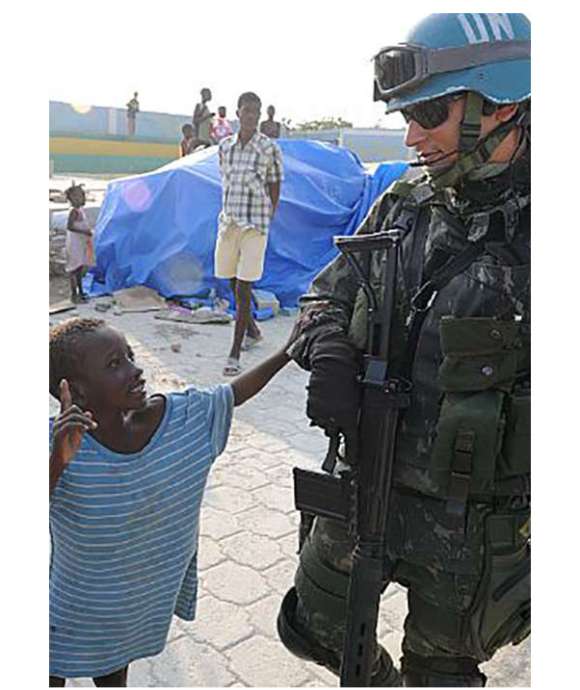
No Respect: The United Nations in Peace and War
The United Nations was a child of World War II, and another one of FDR's good ideas.
Cite this article:
MLA Citation:
APA Citation:
Chicago Style Citation:
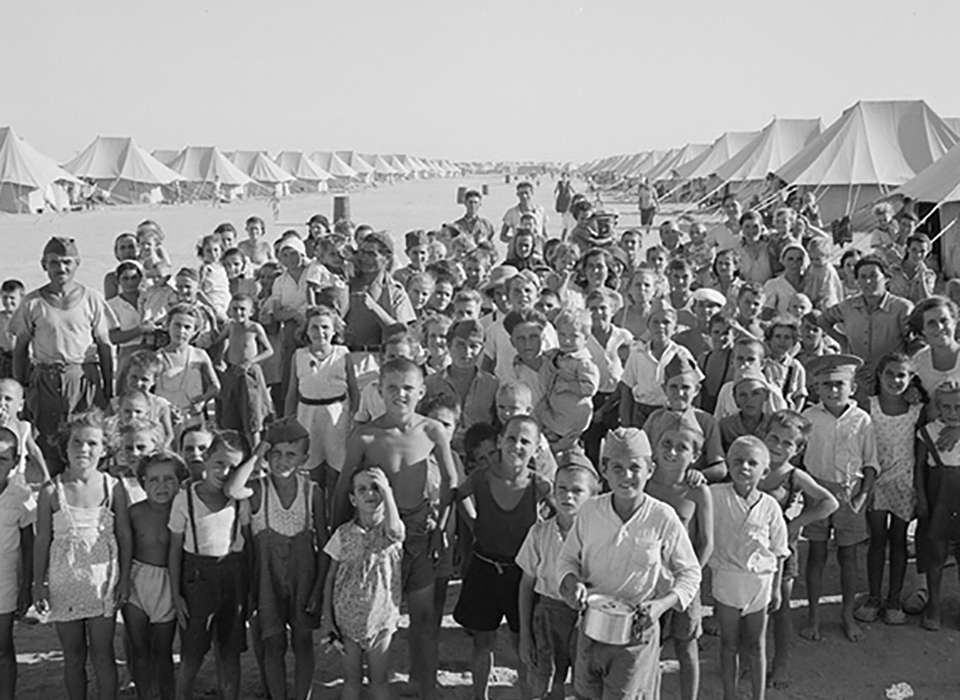
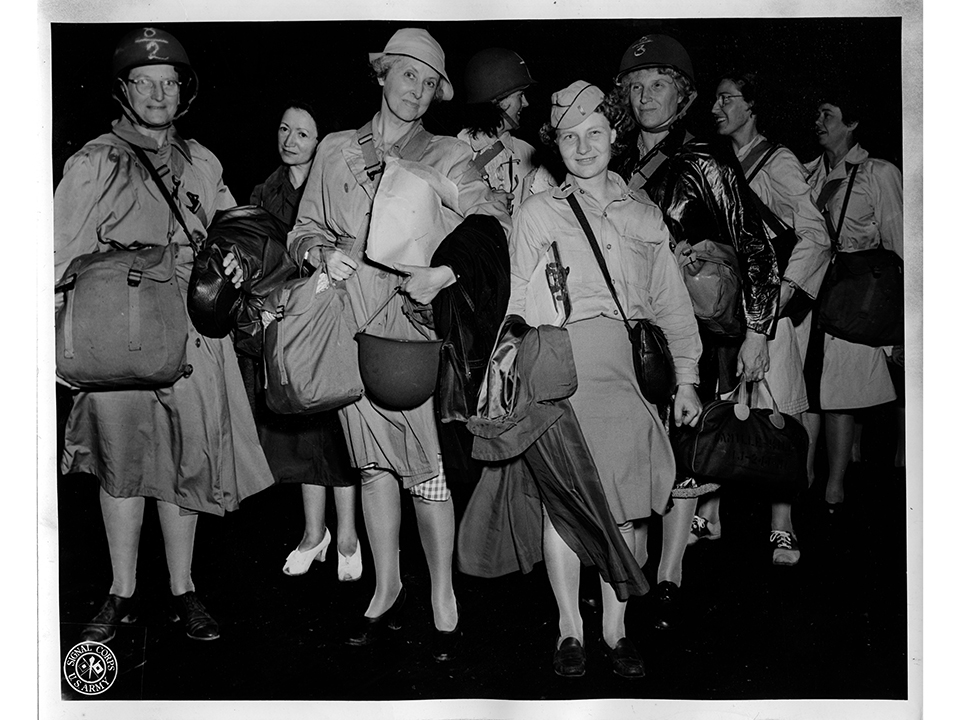
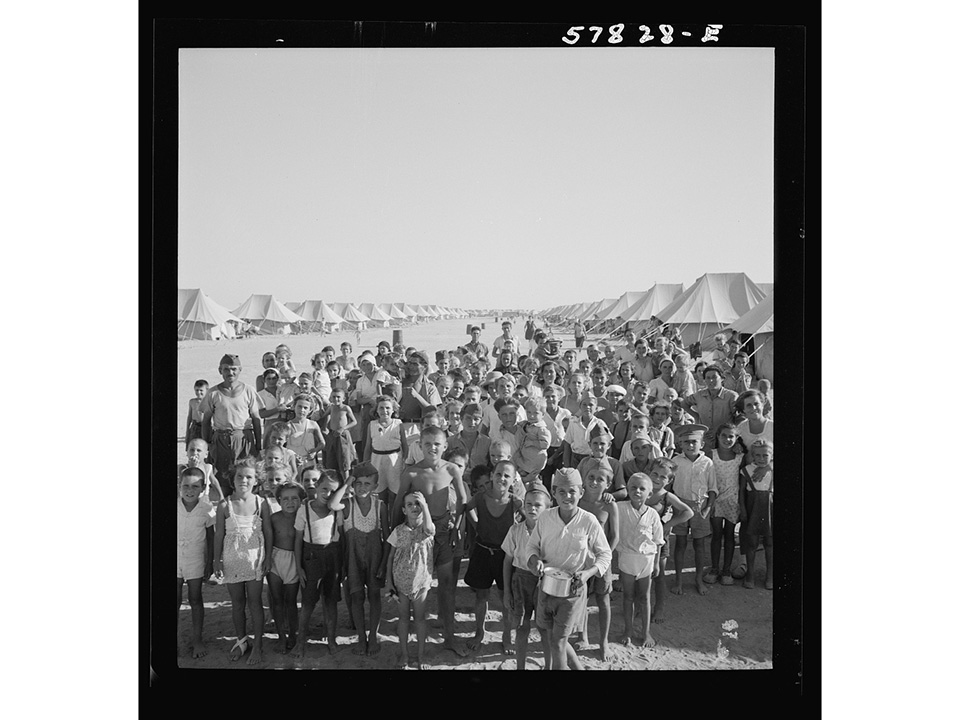
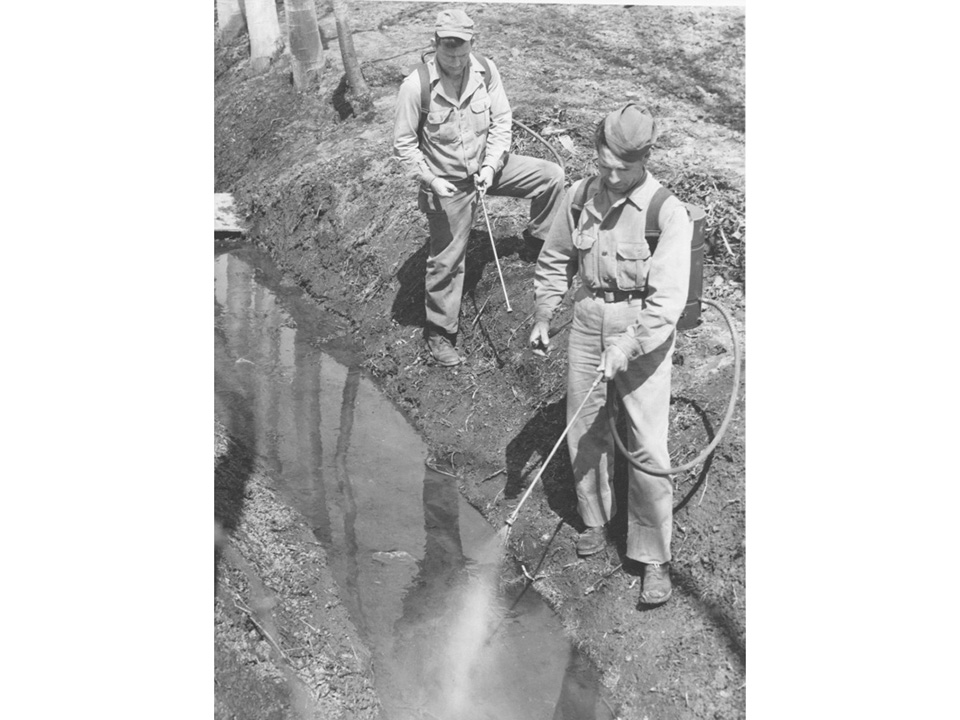
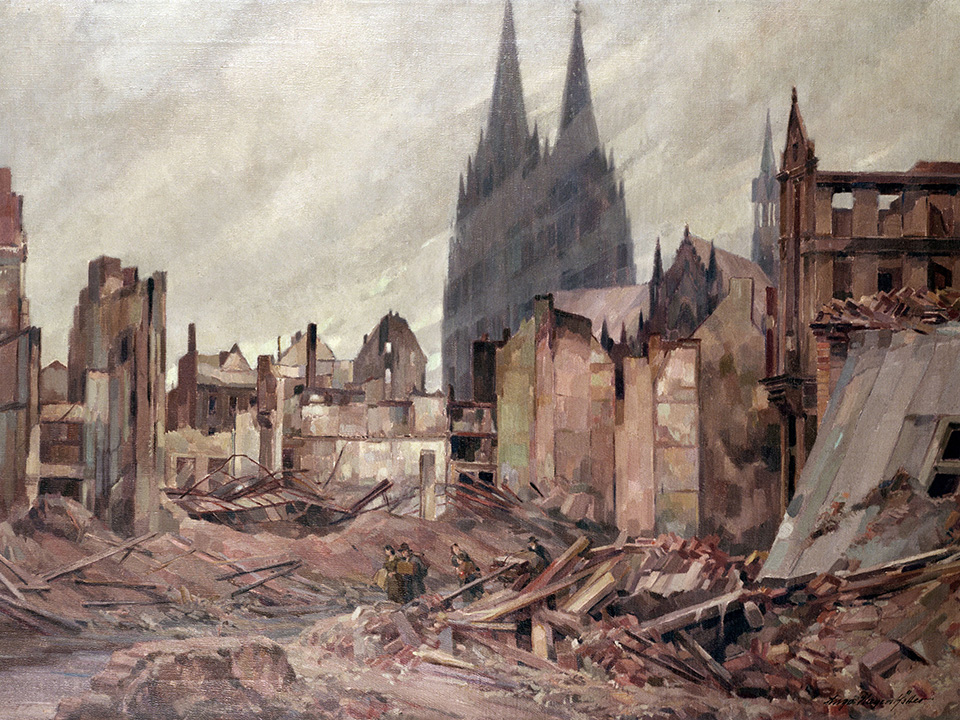
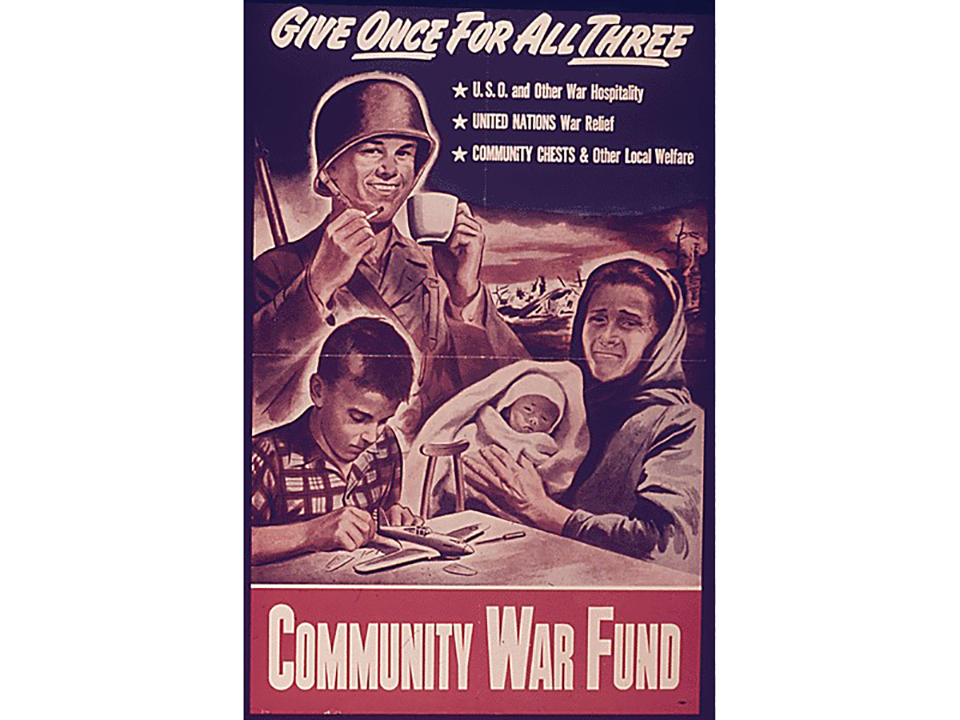
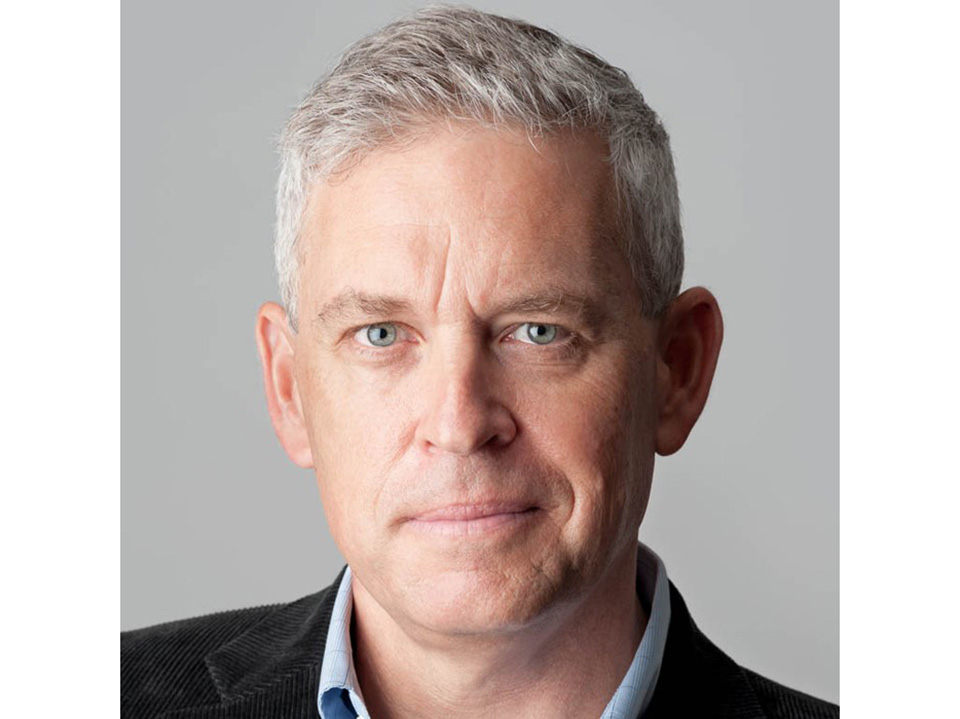
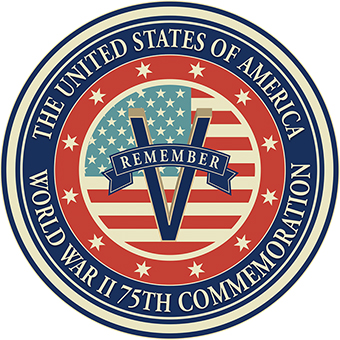
![Max Fuchs, New York City cantor, sings as Rabbi Sydney [sic] Lefkowitz, Richmond, VA, conducts the first Jewish services from Germany.](/sites/default/files/styles/max_650x650/public/2025-10/image1.jpg)




